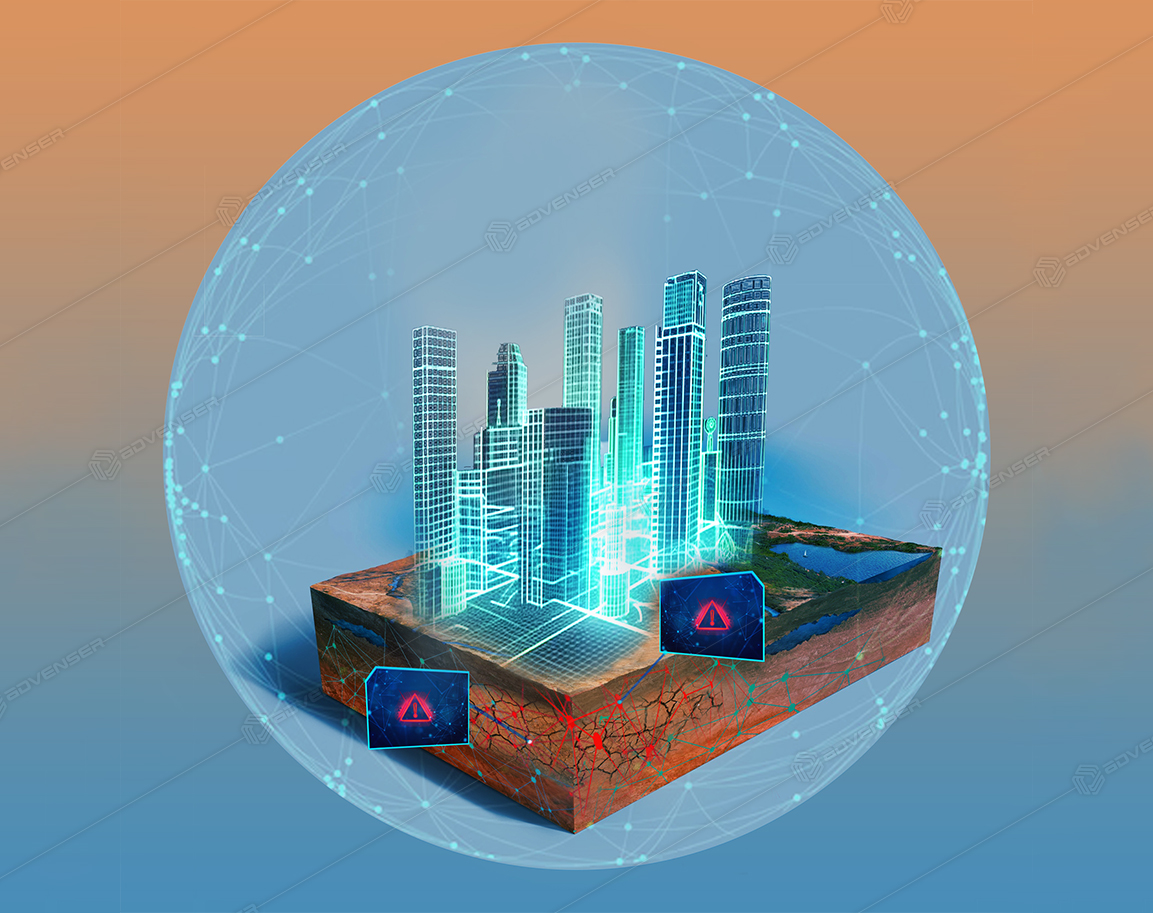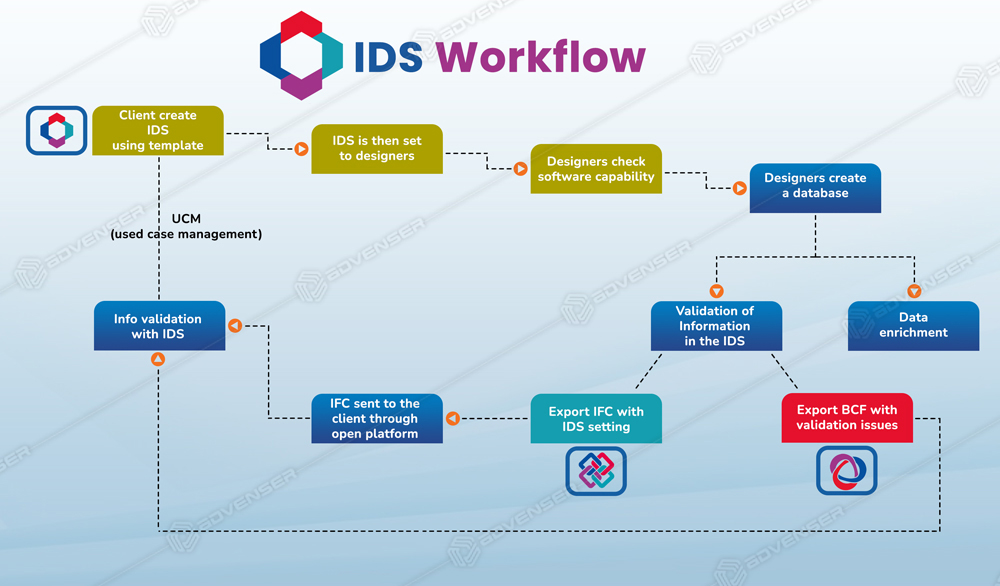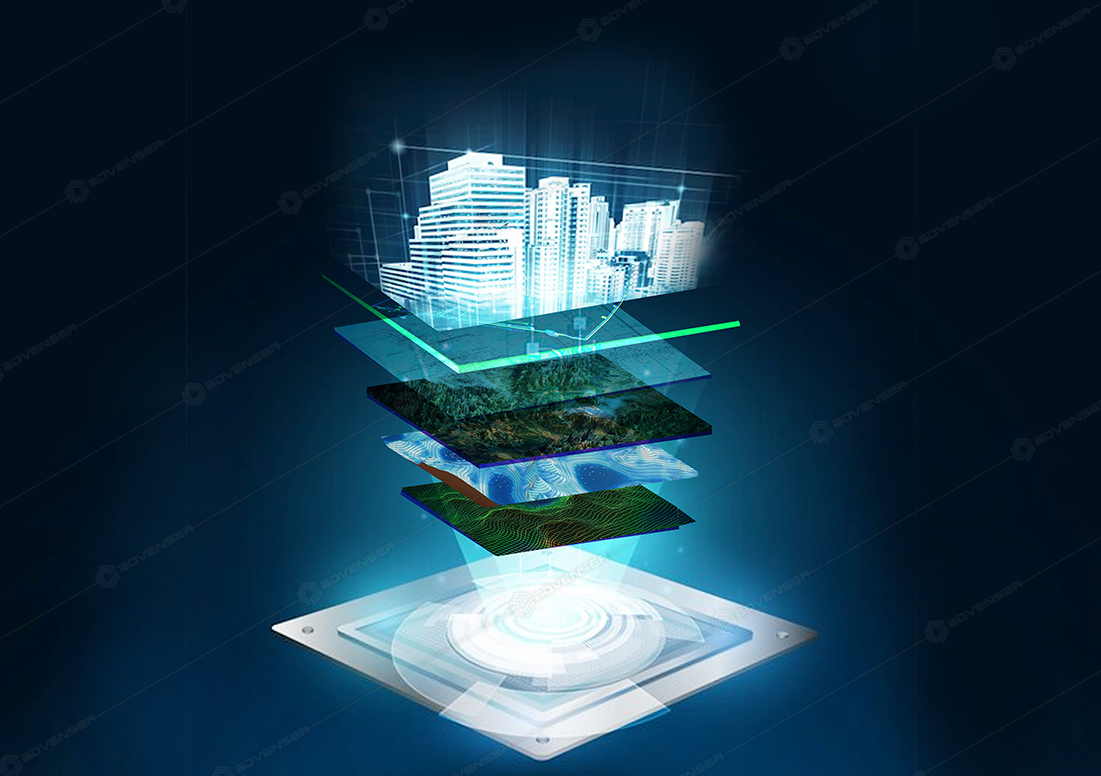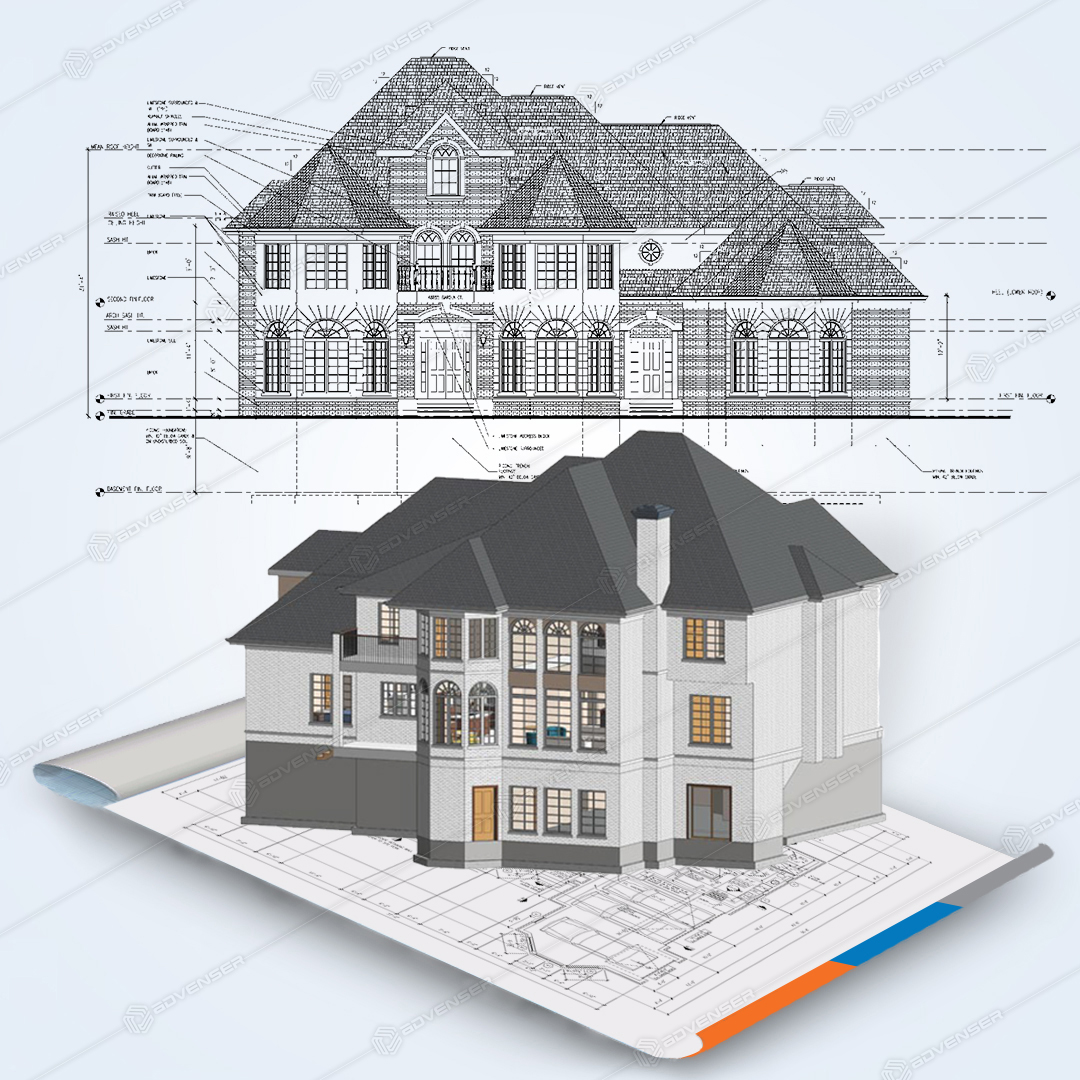Confused between BIM and Digital Twin..? Do these terms seem alike to you..?
Don’t worry! This article intends to address such questions and help you understand BIM and Digital Twin Technology in a better way.
First, let us understand what is Building Information Modeling (BIM).
BIM is a process that involves the generation and management of digital representation of physical and functional characteristics of an edifice. It oversees the design, planning, and execution of a building. A BIM model serves as a single source of truth to all the parties involved. This virtual BIM model can be utilized to predict functioning, foresee clashes, estimate costs, and timelines of the project. BIM has been widely adopted by the AEC industry for planning, designing, visualization, and construction of buildings enabling efficient and effective project delivery. BIM boosts concepts of collaboration, transparency, and strategically organized information.
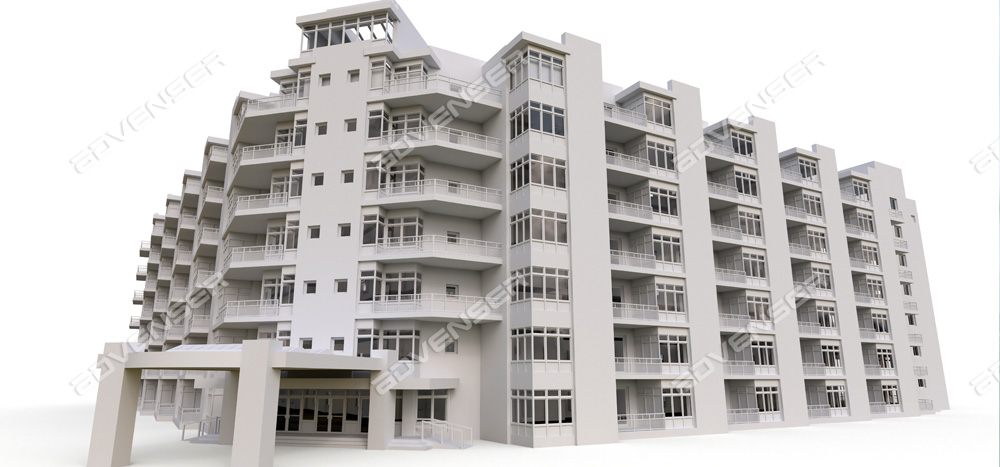
Now, let us explore Digital Twin technology….
Digital twin depicts a digital replica of physical assets, processes, and systems along with its dynamics that can be utilized for various purposes. Digital Twin is a digitization technology enabling the physical and virtual space to communicate. It utilizes real-time data and other sources empowering learning, reasoning, and dynamic evolving for improved decision making. This twin model collects the data and uses physics-based simulations to generate a data-rich model that functions identically as its real-world equivalent. The digital twin technology substitutes all design assumptions with real data resulting in an operational model of the edifice that updates in real-time.

So, what do you think? Are BIM & Digital Twin alike..??
The answer to this question is certainly NO….
Though BIM and Digital Twin technology are both built for common objectives like enhancing process visibility, effective collaboration and productivity optimization, yet they differ in other ways.
BIM processes provides a clear project vision, enhancing project outcomes and aiding informed decision making before site construction, or even design stage. Whereas, Digital twin allows you to visualize, track and optimize physical assets, processes, and resources by utilizing real-time data delivering vital, real-time insights and agility for proactive problem-solving.
Let us make it simpler….
BIM v/s Digital Twins
BIM
BIM focuses on Buildings and Tools (software).
A BIM model comprises a virtual model typically to be built on-site.
For example: What is the thickness of the wall?
How many walls are used in the building and so on..
BIM is prescriptive.
Digital Twin
Digital Twins are intended for operations & maintenance of the edifice making it a live building.
Digital twin focuses on People and their behavior patterns.
Digital twin not only looks like the building model rather it behaves just like the real building.
Digital twin maintains a database of real-time activities addressing queries like:
Every status change reported for all activities of the project and who reported them.
Issues and obstacles faced during the construction process and who resolved them at what point of time and so on..
Digital twin is descriptive.
All these above points help us to infer that BIM and Digital twins are unique.
There are many similarities between BIM and Digital Twins which make them sound similar at first sight. The Digital representation of an edifice is the common thing between BIM and Digital twin that arises confusion between these processes. BIM and digital twins are more analogous to sides on the same coin. Nevertheless, BIM and Digital twins are important and major innovations supporting digital transformation. BIM is subject to smart and intelligent building construction, whereas Digital twin is subject to managing and overseeing the building performance. BIM aids in delivering efficient projects on time, avoiding budget overruns, and as expected on site. Digital twin aids a designed building to meet and transcend its intended purpose of maintenance and management connecting the edifices to occupants and assets within it. BIM and digital twins serve a crucial role before, during, and after the project is executed, and for several purposes, throughout the project’s lifecycle.
Embracing BIM is an initial step towards Digital Twin. A digital twin can be termed as a living version forming the output of the BIM process used to create a virtual model. This digital twin can then evolve supported by real-time data. Though both BIM and Digital twin vary in nature, both these technologies are proving to be a boon for the AECO industry empowering edifices to become smart and dynamic right from the conception phase to operation phase.



